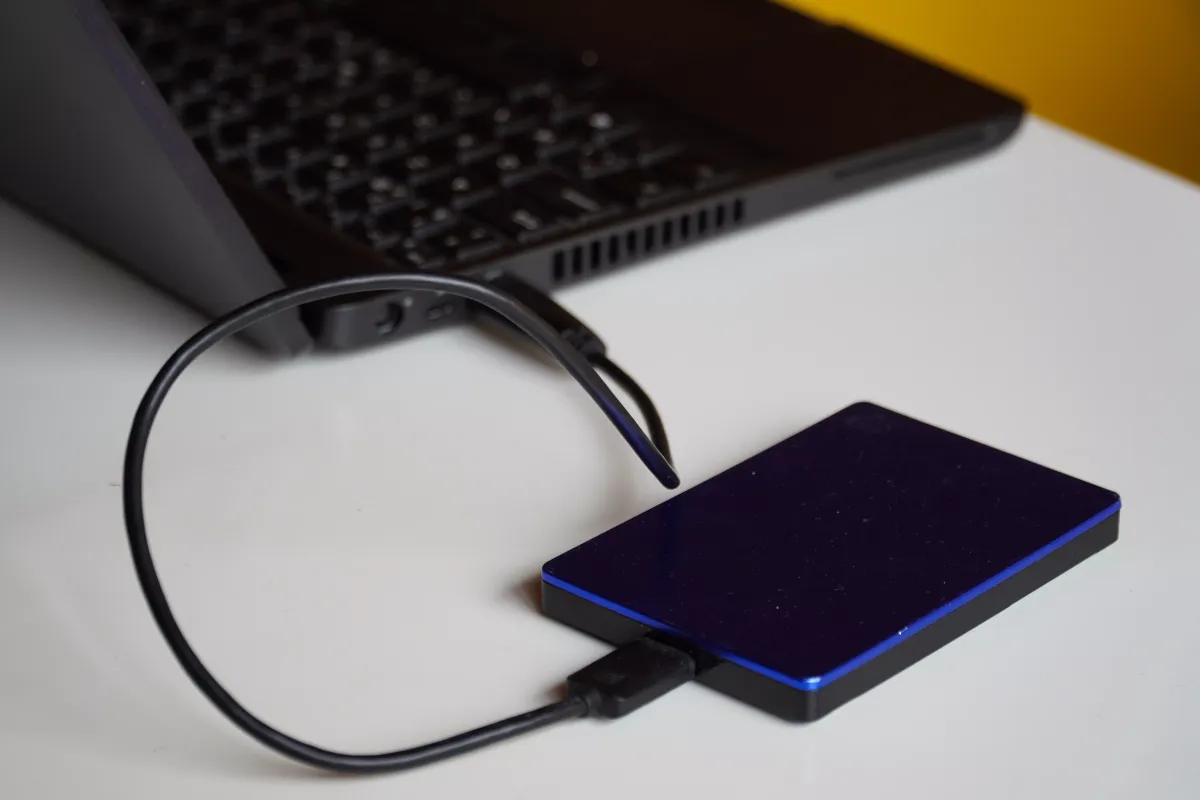Powering Up: A Look at the Evolution of Power Banks
Since their introduction in the late 1990s, power banks have become an indispensable accessory for anyone who relies on their electronic devices on a daily basis. With new innovations and improvements making them smaller, lighter, and more powerful than ever before.

Since their introduction in the late 1990s, power banks have become an indispensable accessory for anyone who relies on their electronic devices on a daily basis. As technology has advanced, so too have power banks, with new innovations and improvements making them smaller, lighter, and more powerful than ever before. In this article, we'll explore the evolution of power banks over time, from their early beginnings to the cutting-edge technology of today.
Early Power Banks: Bulky and Limited
The first power banks were bulky and heavy, with limited capacity and slow charging times. They were often used by professionals who needed to stay connected on-the-go, such as journalists and photographers. These early power banks were typically made of lead-acid batteries and were not very portable.
The 2000s: Lithium-Ion Batteries and Portability
In the early 2000s, lithium-ion batteries were introduced, which provided a high energy density and could be recharged quickly and efficiently. This led to the development of smaller and lighter power banks that were easier to carry around. By the mid-2000s, power banks were becoming more popular among consumers, particularly those who traveled frequently or used their electronic devices heavily.
The 2010s: Multiple Features and Affordability
The 2010s saw a boom in the power bank market, with many different types and brands of power banks available to consumers. These power banks came in a variety of shapes and sizes, with different capacities and features. Some had built-in cables, while others had multiple ports for charging multiple devices at once. Power banks also became more affordable, making them accessible to a wider range of consumers.
Cutting-Edge Technology: USB-C and More
Today's power banks are smaller, lighter, and more powerful than ever before. Advances in battery technology and miniaturization have led to the development of power banks with larger capacities and faster charging speeds. Some power banks now feature USB-C technology, which allows for faster charging and more efficient power transfer.
Conclusion: Investing in the Convenience of Power Banks!
In conclusion, power banks have come a long way since their early beginnings. With the continued development of battery technology and miniaturization, power banks are likely to become even more powerful and versatile in the years to come. Investing in a power bank today provides the convenience and reliability that modern life demands, allowing you to stay powered up and connected no matter where you go.